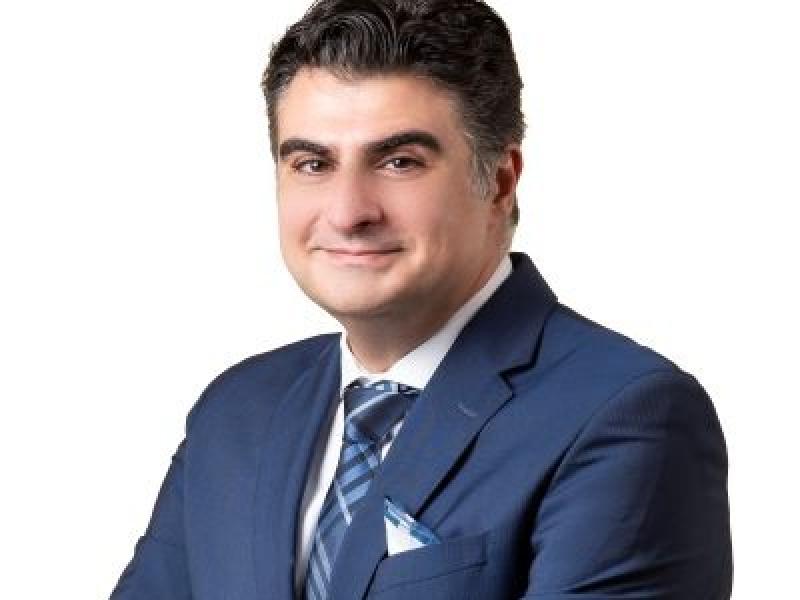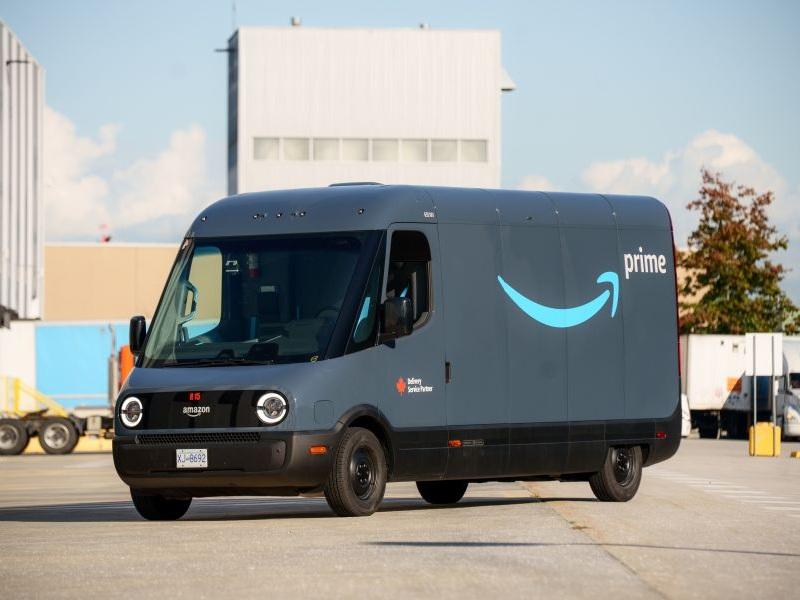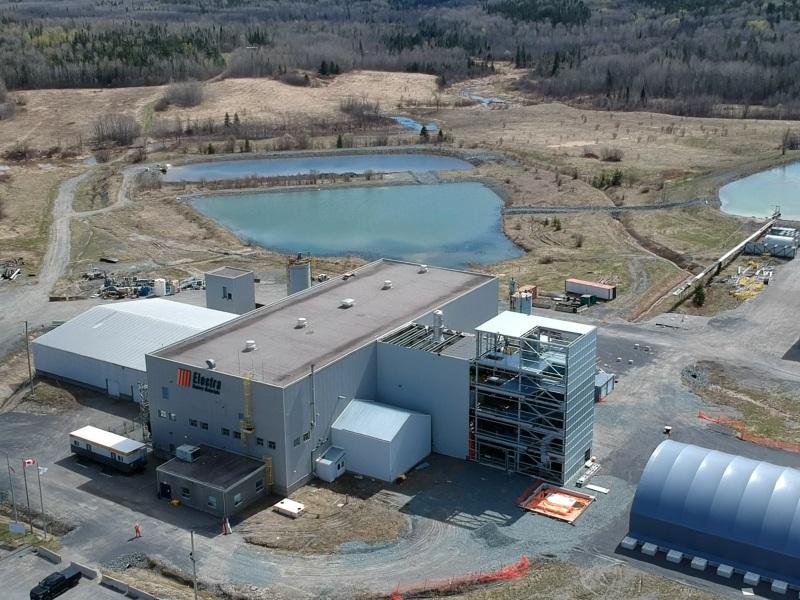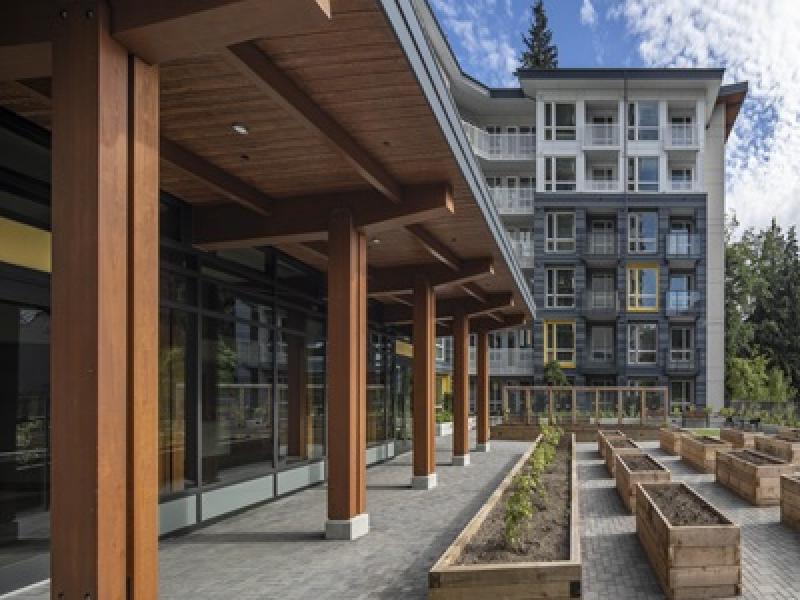
A Creative Energy district energy system being built at Thompson Rivers University’s Kamloops campus will nearly eliminate the university’s greenhouse gas emissions, and potentially allow its neighbours to benefit as well.
But the process of planning, approving and finalizing such a system did not come without hard questions over feasibility, cost and legal issues.
Debt financing is rarely granted for B.C. public universities, for example, and the university had to navigate complex laws to build the subsurface infrastructure.
“There’s a roadblock every turn of the way, but when you have two committed parties that have common purpose, we can navigate them,” Diego Mandelbaum, senior vice-president of development at Vancouver-headquartered Creative Energy, told Sustainable Biz Canada in an interview.
For Thompson Rivers University (TRU), which committed to being a fossil fuel-free institution by 2030, the obstacles had to be overcome to meet its “societal obligation,” Matt Milovick, the university’s vice-president of administration and finance, told Sustainable Biz Canada.
Deciding on district energy
District energy links buildings to a central heating and cooling source. More systems today are powered by clean energy sources such as renewables, waste heat from sewer water and natural sources like the cool waters of Lake Ontario. Creative Energy designs, develops and owns such systems, with over 15 low-carbon systems operating or in development in Canada and the U.S.
TRU explored the possibility of using district energy in 2014, Milovick said. Deemed unfeasible for the time, the university was then comparing it to efficient natural gas boilers. But as the technology for electrified utilities improved, and following the university's positive experience with heat pumps, it chose to commit to electrification.
“When we did the math with Creative Energy, the district energy solution that we landed on was the most cost-effective over time to actually get us to (an) electrified campus,” he said.
TRU then initiated discussions and a feasibility study with Creative Energy in 2019 to consider district energy to reach the 2030 target, Milovick said.
A memorandum of understanding was signed between the company and the university in 2020, Mandelbaum said, after a procurement process. TRU scrutinized the project for the economics, and once it was satisfied, a deal was signed in 2022. After a year-long regulatory process and consultations with First Nations, approvals were granted in 2023. Shovels were put in the ground in August.
As part of the agreement, Creative Energy will pay for the utility assets such as generation and heat distribution on the university’s land and sell the energy. TRU agreed to a 30-year offtake agreement and to build new assets for the infrastructure, while becoming the company’s landowner and customer, Mandelbaum explained.
The deal structure is broadly similar to the kind Creative Energy would strike with any university, hospital or private developer customer, but the procurement and how a deal is put together is unique for every sector, he said.
Rushing to carbon neutrality
Construction will start with TRU establishing an energy centre in the middle of the campus to “celebrate their commitment to climate action.” Once it is built, a portion of the space in the building will be handed over to Creative Energy, with the university retaining some for its sustainability office.
The company will fit the interior and rooftop with generation assets such as water-to-water heat pumps, air source heat pumps and electric boilers.
Underground, three kilometres of piping will be fitted to link buildings to the energy centre. A heat exchanger and energy meters will be set. TRU will be retrofitting its buildings for compatibility with district energy.
The district energy is expected to be energized in 2026, powered by renewable energy to replace natural gas boilers. The network is projected to eliminate 95 per cent of its greenhouse gas emissions — exceeding 100,000 tonnes over the next 30 years, bringing the campus to carbon neutrality.
For neighbouring private developers and city buildings, the range of the district energy system could offer benefits to them as well, Mandelbaum said. The infrastructure will be expanded and offered, which will lower the costs for everyone as more buildings are connected.
New developments on the university’s surplus land will be required to tap into district energy, Milovick said.
The project is estimated to cost between $42 million and $45 million.
Company, university overcome challenges
The hardest part of the project, Mandelbaum said, was finalizing the deal and adhering to regulations.
A statutory right of way was needed to install the kilometres of pipes. In B.C., the university had to dispose of its land even as the owner, which added delays, he said.
Another problem to overcome was a blocked building permit due to a dump on the campus. Completing an environmental impact study and mitigation strategy took a year, Milovick recalled.
Financing was a key matter to resolve. Public universities in the province cannot borrow for capital projects without government permission, which is rarely granted, Milovick said. TRU managed to finance the project by paying the capital costs through the rates over time, so it was “kept fully off the balance sheet of TRU,” Mandelbaum said.
A win for everyone
Mandelbaum said the upgrade is a “win for the utility, a win for the institution and a win for the end users that will be at or around Thomson Rivers University.”
The university will save not just on carbon, but $18 million to $20 million on operating costs over the system’s lifetime compared to electrifying the gas boilers or using alternative fuels, he said.
TRU is considering adding solar power generation and energy storage on campus, as well.
As for Creative Energy, it has projects such as the Oakridge Park development, the Sen̓áḵw project in Vancouver and other potential deployments in Texas and Florida.










